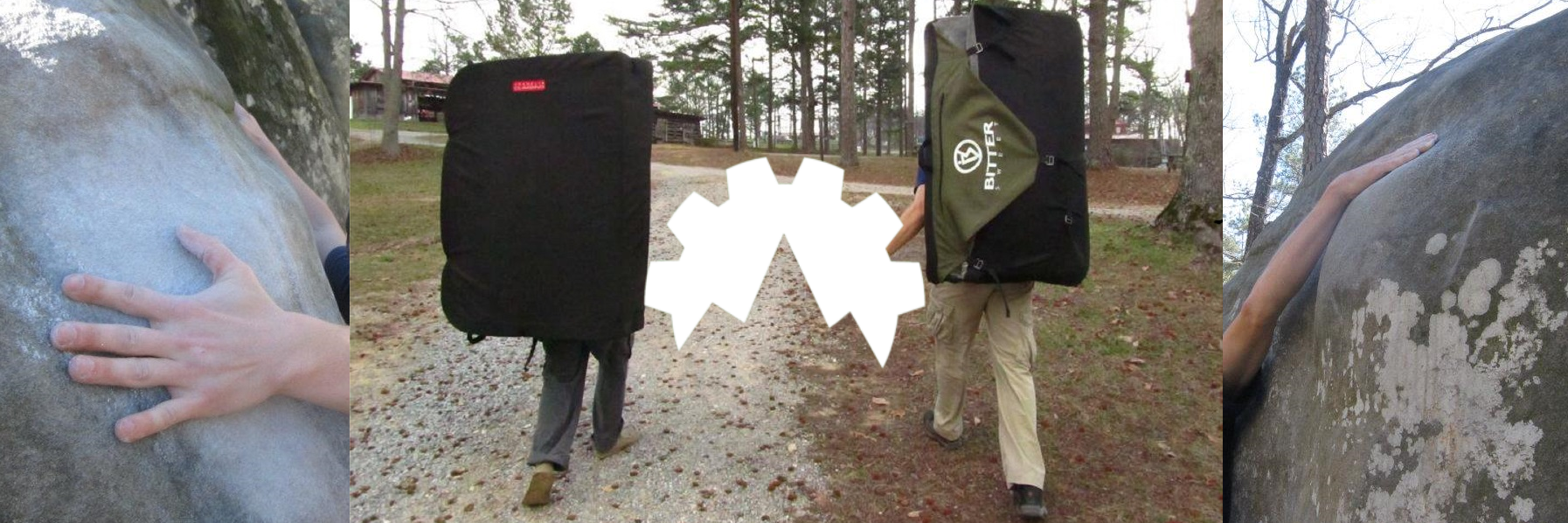Let’s talk about scales, and not the one in my bathroom that I avoid. Anything you measure has a scale. Things like weight and distance are linear scales, two units is twice as many as one unit. Sound intensity is done on a logarithmic, going from 90db to 100db isn’t 10 more, its 10 times more. What kind of scale climbing grades are (linear, exponential, etc) is a whole other discussion that we’re also going to ignore for a minute.
Lets look at third scale – temperature. Temperature has two major scales, Fahrenheit and Celcius, developed by different people for different reasons. To convert from the first to the second, you have to subtract 32, and then multiply by 5/9. The first is just an offset, since unlike measuring distances where 0 meters and 0 yards are the same, the two temperature scales don’t even start in the same place (that’s why we have Kelvin… conversation for some other time). The second is a ‘scaling factor’, the jump from one Celcius degree to the next is almost twice as far as from one degree Fahrenheit to the next. The interesting thing about the climbing scales is that they are subjective, managed by the group, and that people are really good at offsets, but not scaling.
There are many scales in climbing, sport has YDS, French, SA, UIAA, Australian, British, Russian, etc. etc. etc. Since each of these scales was developed in a different place at a different time, like temperature you would expect them to have different starting points, and different sized jumps. But people travel, and people talk, and people compare, and then there’s the internet….
 |
| Courtesy of http://www.climbing.co.za |
Take a good look at that (eye) chart, its a fun journey through social anthropology. You can pinpoint the hardest established grade in a given system when climbers from that region were first visited by super strong outsiders (think Fred Nicole visiting Hueco), or the locals branched out an tasted other established scales.
Lets look at bouldering since there’s a lot less going on there. What you’ll notice is the two major scales were independent of each other, progressing at different rates and not a 1-to-1 until right around V10. The original Hueco guidebook which established the VerminHueco scale went to V9, which means the locals had an opportunity to establish the first Hueco V10 before the international influencers heard all the commotion and came to see what’s up. Suddenly after that, one rung of V-grade is the same jump as one rung of French. Since grades are not directly measureable, and are ours as a community to bend and form as we see fit, we have.
We’ve beat you over the head with boring article after boring article about how grades attempt to assign a discrete number to a continuous function. Just imagine if someone downgraded your epic 7C to 7B+, but said it was still V9 either way because of where on the spectrum it fell. It’s be like losing 2 lbs but your weight in kilos is still the same because the bathroom scale only reads out whole numbers. (Ed: I thought we agree to ignore that scale)
Convergence of the systems was almost mandatory once international reporting took off and the belay-loop measuring contest began on a global scale. Case in point – the first ever UIAA XI climb, mono-master Wolfgang Gullich’s Action Direct. He climbed it and assigned the XI grade to it, and at the time the conversions meant it could have been a hard 8c+ or a softer 9a (or the dreaded slash grade!). If it was a real-deal full-blooded 9a, that would be a big deal to those that use the French system as it would be the first of that grade. Consensus eventually gave it the award, but solidifying that climb’s place across multiple systems just lead to more questions – was the first XI+ a 5.14d++ or a 5.15a- or something else all together?
So the next time you get an audience with someone from far away, perform a little science. Put them on some of the stuff from the “pre-convergence era” and see how they rate them compared to how you would. Take a minute to appreciate that ontop of the grade begin a consensus of its position on the difficultly spectrum, but that the milestones made by different cultures on the spectrum aren’t in the same place. The eskimo might have 50 words for snow, but the French have 3 grades of V0!
Then ask them how much they weigh in pounds, kilos, or stones. And then ask what their preferred sending temperature is.
Me? Mine’s somewhere between 500 and 515 Rankine.

